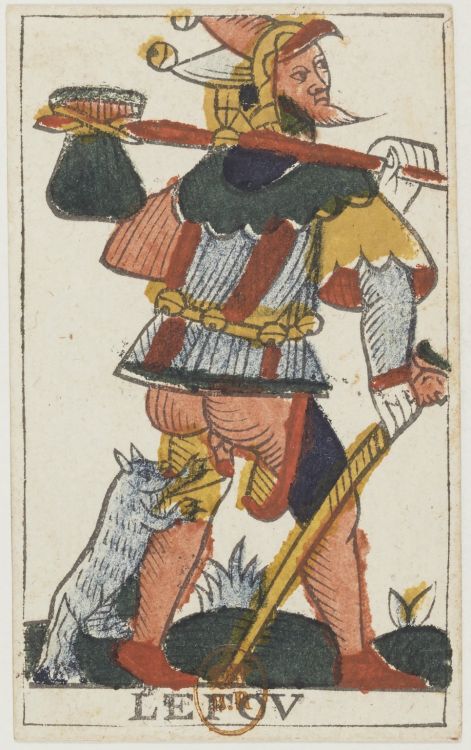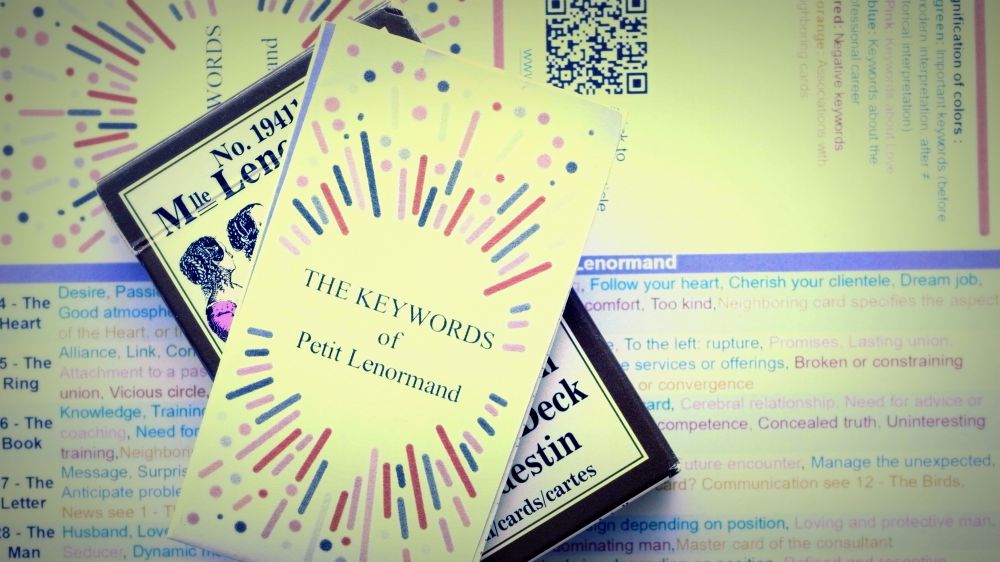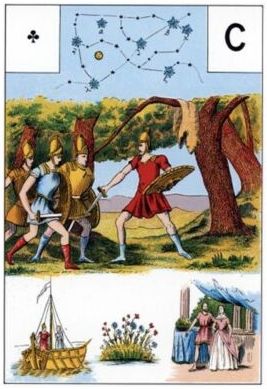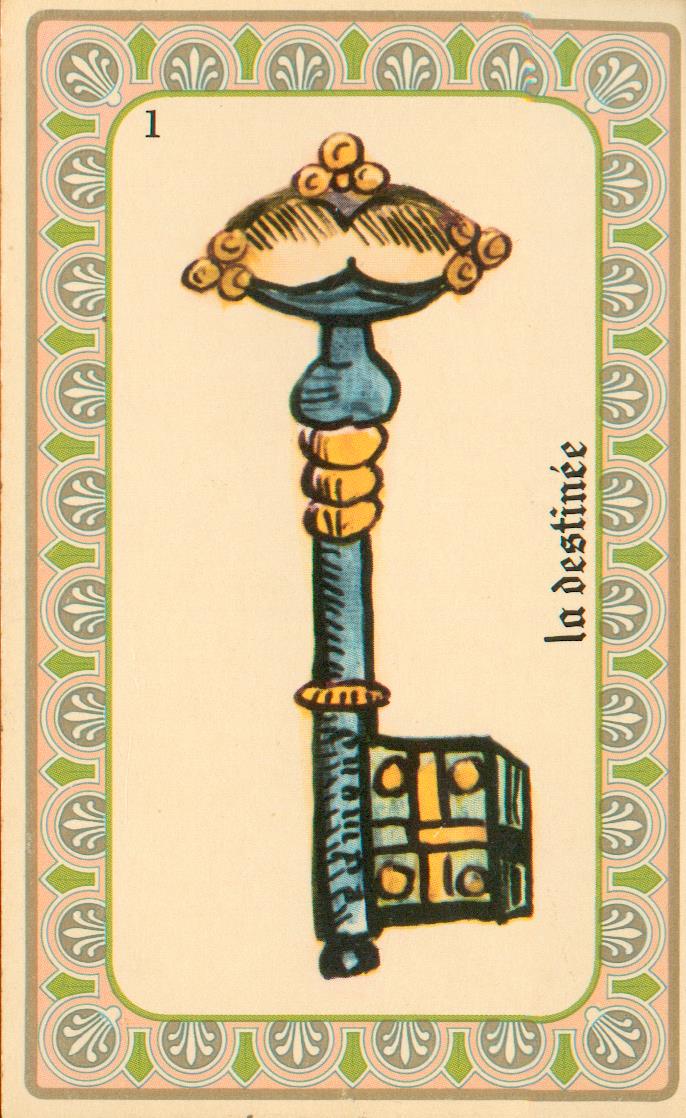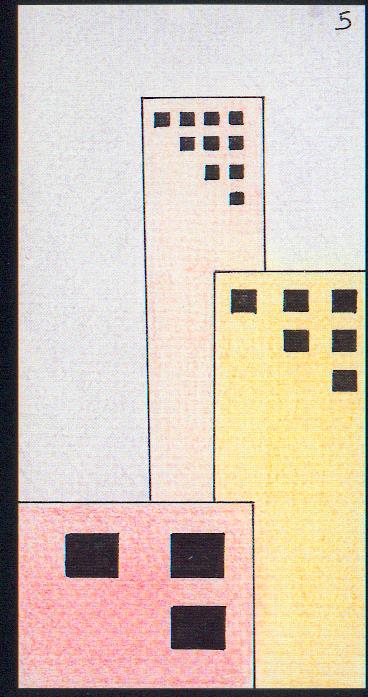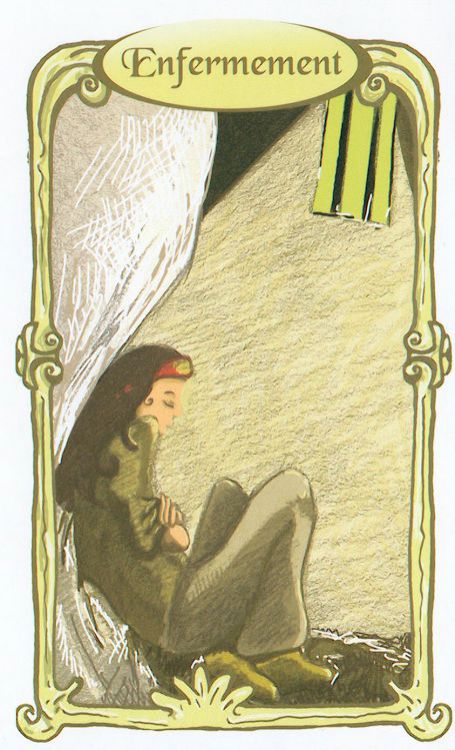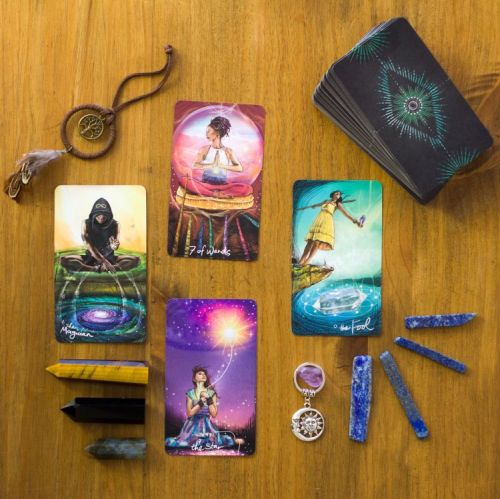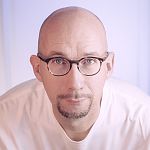CONCLUSION
As I said in the introduction, and as can be seen in the development of this article, there is no such thing as the ideal divination card deck. It may never exist, as the questions of the consultants can be so varied and the means of answering them can be just as multiple and relevant.
If you know the Petit Lenormand without knowing the Tarot. You must understand that the Tarot allows for better structured and more in-depth spreads, even if they are less immediate. But if the consultant's question is serious and important to him/her, it is likely that he/she will willingly accept to stay more than an hour at a table to better understand his/her problem and to glimpse possible solutions. It is also true that the Tarot, with its structure of 78 cards, makes it easier to do psychological readings or tarot coaching. The Tarot, because it contains twice as many cards as the Petit Lenormand, is richer in its use, but certainly also requires a longer and more assiduous learning process. The learning of the Tarot can be sufficiently consequent that one prefers at first to be interested in easier to learn decks. But undoubtedly, one cannot call oneself a confirmed cartomancer if one has not learned the tarot.
That said, can we be satisfied with the tarot alone? I don't think so. The Tarot de Marseille (which I defend against all odds) remains abstract and without an official reading grid and is not designed to be a divinatory tool. The original Rider-Waite-Smith Tarot is occult, esoteric, unbalanced and polarised. The many decks derived from the R-W-S Tarot are more modern, but also more specific, delivering primarily a personal rather than a universal message, and often repeat the structural flaws of the R-W-S. Even if recent R-W-S tarots bring improvements. To date, I consider that there is no tarot on the market designed for divinatory or psychological reading, which is initiatory without being occult or esoteric, both complete and balanced, and delivering scenes and symbolism of a universal character. In short, a 100% successful ideal tarot. Also, it is necessary to be interested in other divinatory tools such as the Oracles. For there are some rather successful oracles.
In France, we have generalist oracles like the Oracle de Belline (Review), the Oracle Gé (Review), the Oracle de la Triade (Review), the Tarot Persan de Mme Indira (Review), the Oracle of Mirrors (Review). Unless I am mistaken, I have the impression that on the Anglo-Saxon market, there are few generalist oracles, those I have found are often oracles derived from tarot cards that have had some success, such as the "Everyday Witch Oracle" created by the same authors as the "Everyday Witch Tarot". These generalist oracles in English are few. On the other hand, there are a good number of thematic oracles = stones, chakras, angels, Egyptian deities, or guidance oracles, so much so that it seems that this is the specificity of the English-speaking market: thematic oracles and guidance oracles. This leads me to conclude that in France, even if the Petit Lenormand is popular, there are real alternative oracles that make knowing the Petit Lenormand not a necessity in itself. However, in the English-speaking market, there is no equivalent to the Petit Lenormand, apart from the Kipper, as evidenced by the number of English-language Petit Lenormand that offer additional cards. This expresses the attempt to find an alternative to the Lenormand system of 36 cards.
So yes the Petit Lenormand, has an interpretation grid that has become obsolete with time, but that one can perfectly modernize as I do in my article on the meaning of the Lenormand cards. Yes, 36 cards is a bit light. Yes, a polarization of the cards according to their mutual distance is somewhat disturbing, but in truth, few cartomancers use this method. The Petit Lenormand remains simple to learn, immediate in its use, and the drawing of the "Grand Tableau" is a true alternative to the classic Tarot spreads, which every cartomancer must know.
Finally, if you meet people who are reticent about fortune-telling, such as "you can't predict the future". In addition to informing about the psychological tarot, making an unpretentious and playful draw with a Petit Lenormand can quickly demystify cartomancy, make it accessible and popular, far from the prejudices that one can have about occultism and esotericism. Thus, the Petit Lenormand can be a gateway to cartomancy and a very relevant tool for popularisation, much more than the Tarot.

 In this case, you can read the following article which will give you all the keywords for each card of Petit Lenormand :
In this case, you can read the following article which will give you all the keywords for each card of Petit Lenormand :



